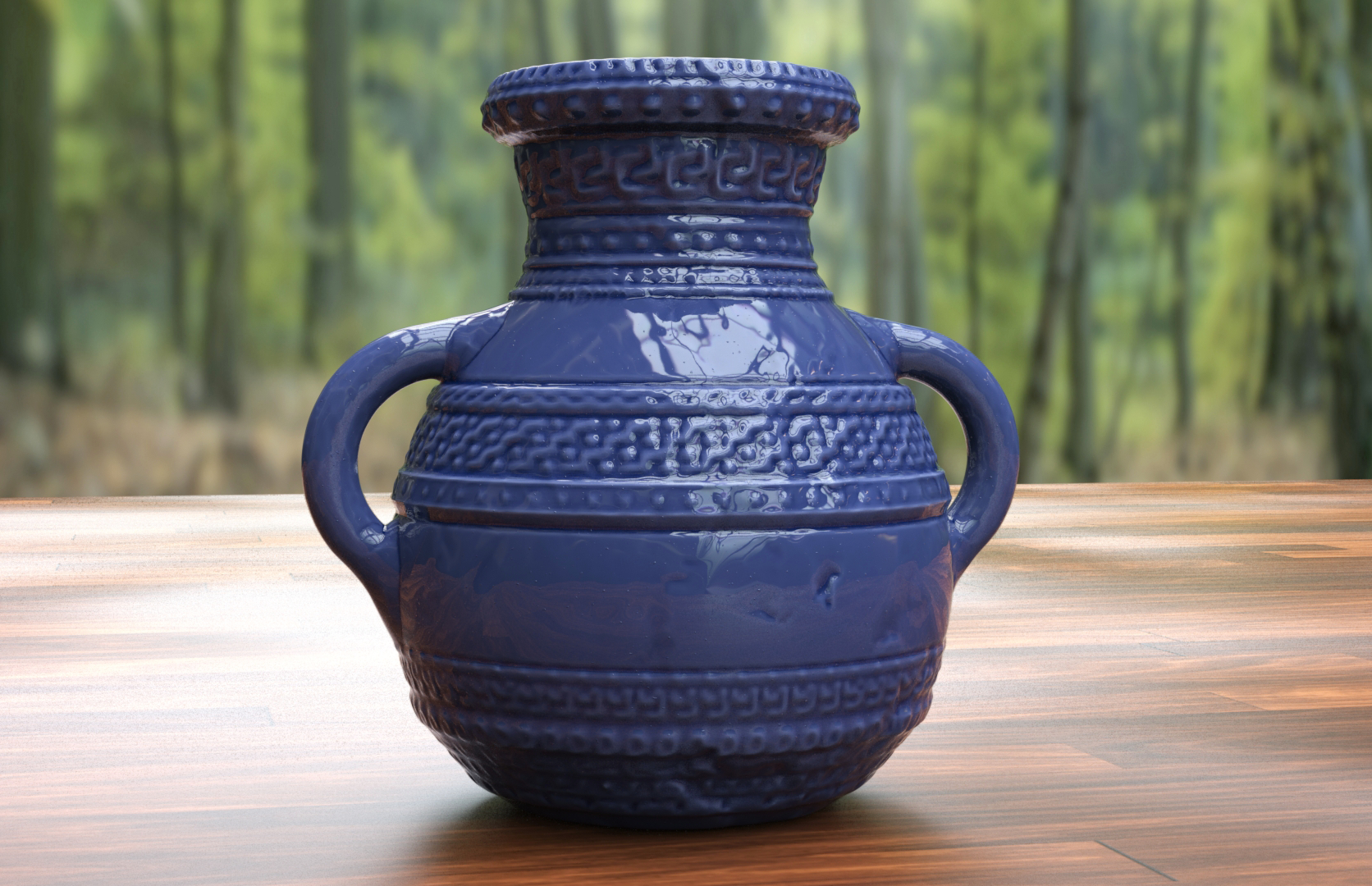Buy yourself a license of ZBrush, without a doubt. For all the reasons already mentioned, but also because it's so well written that you could run it on a MacBook Air and it would feel like you did so on a Mac Pro. It's *that* fast.
Have a look at this newly released introductory course by ZBrush artist Kurt Papstein if you'd like to know what it can do.
Have a look at this newly released introductory course by ZBrush artist Kurt Papstein if you'd like to know what it can do.


